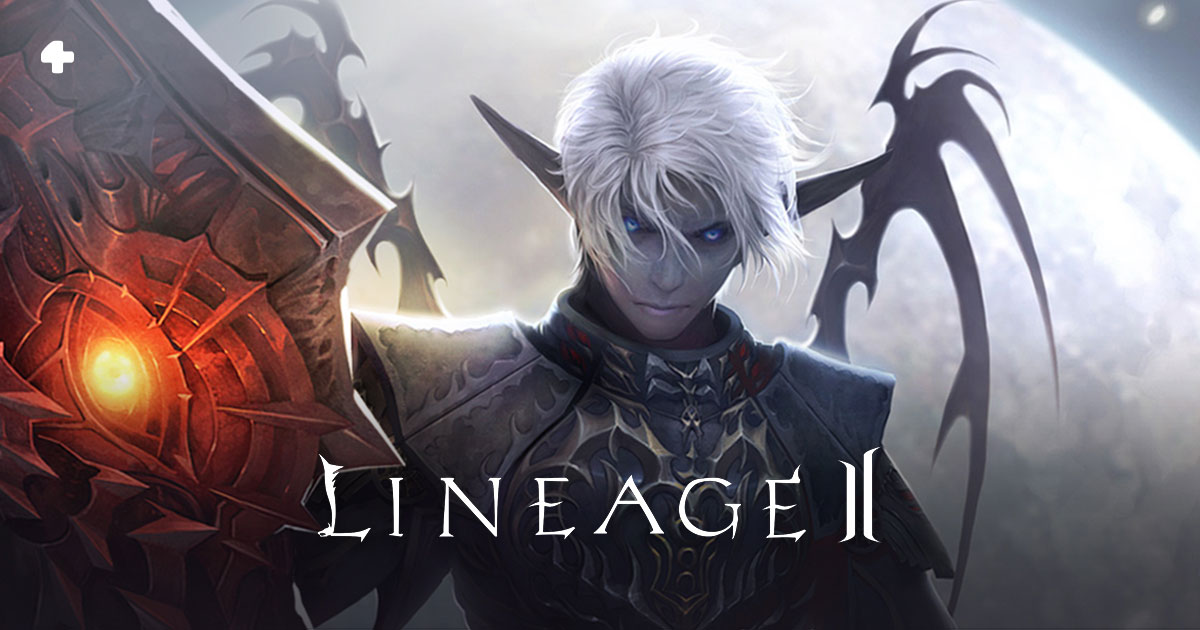Microsoft plans to increase the price of its own studio games for the Xbox Series X|S to $70
Microsoft plans to raise the price of its own Xbox Series X|S games to $70 starting in 2023. That’s up from the current price of $60 for games developed by Microsoft’s internal studios. This price increase will apply to upcoming games like Starfield, Redfall and the next Forza Motorsport, which will be developed for Xbox Series X and S and will not appear on Xbox One.
This action coincides with similar moves by other companies in the gaming industry, such as Sony, Ubisoft and Take-Two Interactive, which are also raising the prices of their games given rising development costs. Thus, Microsoft is joining the trend that the industry is already seeing.
While price increases may be a trend in the gaming industry, this action may have a different impact on Xbox because of the differences in Microsoft and Sony’s business strategies. For example, Sony applies a $70 price for games available on different generations of consoles and charges customers $10 when upgrading a game to a next-generation console version (from PS4 to PS5). While Microsoft does not employ such practices and only sells games for a specific console generation, which may reduce the impact of the price increase on customers.
Xbox games can be upgraded from Xbox One to Xbox Series at no additional cost, as long as they were purchased from the Microsoft Store. Microsoft games are available on different generations of consoles, but the cost remains the same at $60.
Microsoft is betting on the Game Pass service, which gives subscribers access to a large catalog of games, including new games. Game Pass subscribers can get discounts on games included in the service’s offerings. Sony’s PlayStation Plus service gives its subscribers discounts on games, but not on new games from third-party developers.
Although the price of games has increased in recent years, reaching a price of $70 is not a new record. In the 1990s, new games often sold for $60-70 or more, not accounting for inflation. Game prices began to drop when game manufacturers switched to optical discs, which are cheaper to produce than cartridges. This lowered the prices of games, making them more affordable to a wider audience.
Within a year of the PlayStation 2’s release, prices for new games settled at around $50, but rose to $60 on the PlayStation 3 and Xbox 360. Subsequent price increases were driven by inflation and higher game development costs, but there are factors that contributed to the price drop, such as lower sales costs and fewer retail sales on physical media. This has made games more affordable for consumers.
The post has been updated 31.10.2023 18:30. There is new relevant information.
Any suggestions for an update? Write in the comments.













 1116
1116